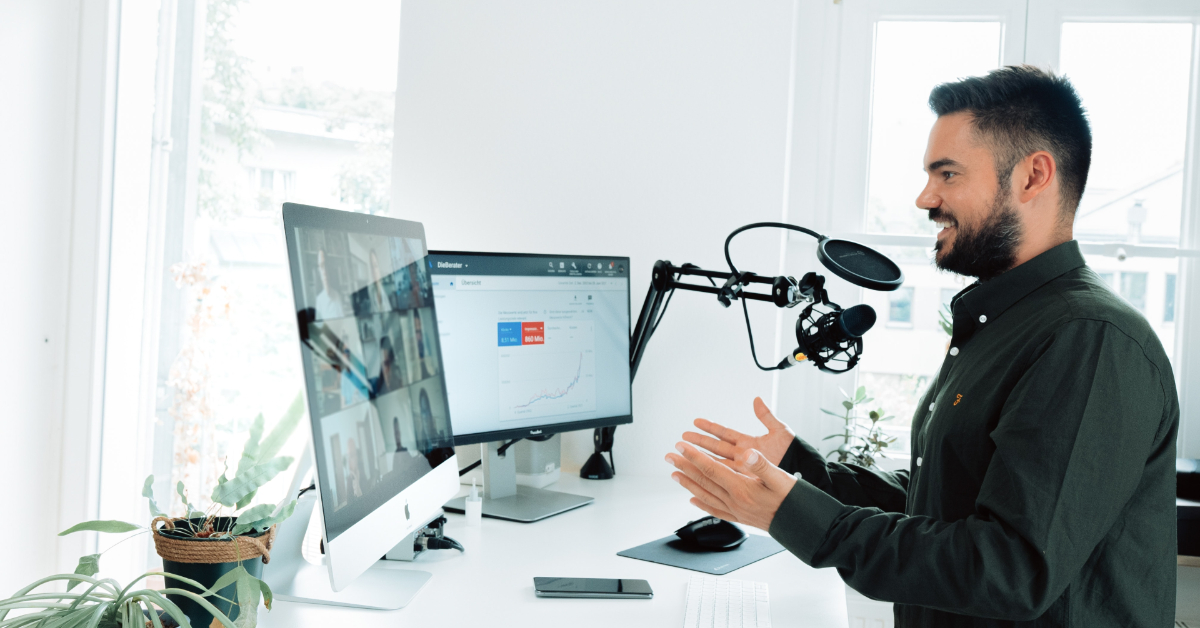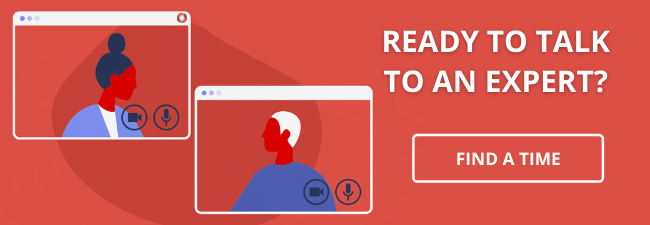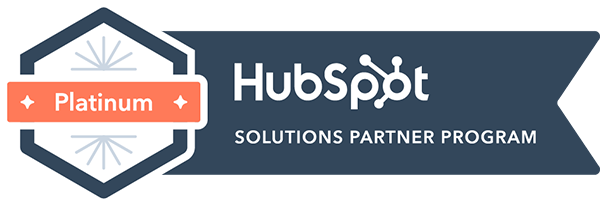 Education is critical in cybersecurity, and that goes for businesses and consumers. For a cybersecurity business, education events are a great way to position yourself as an expert, inform people about why your services matter, and gain new customers along the way. In the past, seminars, speakers and classes have all been smart ways to spread more awareness of cybersecurity needs and best practices, while picking up new leads.
Education is critical in cybersecurity, and that goes for businesses and consumers. For a cybersecurity business, education events are a great way to position yourself as an expert, inform people about why your services matter, and gain new customers along the way. In the past, seminars, speakers and classes have all been smart ways to spread more awareness of cybersecurity needs and best practices, while picking up new leads.
But then came the pandemic. While seminars, conventions and in-person events are becoming busier again, there are some things that have changed more permanently. More people than ever before are working from home, and online events and meetings became the norm.
So if you want to host your own successful cybersecurity webinar, here are some key points to consider:
What is a webinar?
Simply put, a webinar is an online seminar. It could be as simple as a quick video presentation, or include a more elaborate array of speakers, polls and other interactive elements.
Webinars can be a fantastic (and lucrative) addition to your marketing plan, even if you love in-person events, and they can be shared live or prerecorded.
Webinars are accessible for any business, and they’re an easy way to present your expertise to potential new customers on their terms.
Planning your webinar
Determining the topic and length of your webinar is most of the battle. On average, most participants prefer a 45-minute webinar, and don’t want it to last more than 60 minutes. Knowing that, it’s usually best to choose a topic that you can dive into in around 30 minutes, leaving some extra time for questions.
The challenge with cybersecurity is that some of the concepts might require longer than 30 to 40 minutes to cover, but that’s not a problem. It’s better to create a couple webinars, or a series of webinars, than it is to cram too much information into one presentation or discussion.
If you want to get your customers or followers involved, host a poll well before your webinar to ask which topics they’d most like to see covered. Their answers might just surprise you…and give you a jumping off point for an awesome presentation.
What does a webinar include?
A typical webinar requires a host, presenter(s), the presentation, webinar software and applicable equipment. Here’s a closer look at each of those:
Host: The webinar host is the company or individual organizing it. They may or may not present.
Presenter(s): Whoever presents can be a part of the host company, or an outside speaker they’ve brought in to present.
Presentation: Most webinars include slides to illustrate its main points, but you could also use video, photos, or other visual aids.
Webinar software: There are tons of free and paid options for webinar software. Different platforms work better depending on how many attendees you’re expecting, how often you plan to host webinars, and how much time you’ll need. Some common ones include Zoom, Demio, GoToWebinar and EverWebinar.
Equipment: In most cases, all you need for a successful webinar is a laptop or computer that has a functioning camera and microphone.
Marketing your webinar
The better marketed your webinar is, the likelier you are to get attendees that can potentially become customers. That’s why it’s so important to create a marketing plan that sets you up for success.
Your marketing actually begins with the title and topic of your webinar. If you want to talk about how businesses can protect their customers’ information, title it something that will attract attention and feel accessible. (Example: Ten Actions You Can Take Today to Secure Your Customers’ Data.) You want your title to illustrate exactly what your attendees will walk away with, and then deliver on that promise. Avoid titles that might be misleading or confusing.
When you’re ready to promote your webinar, start well in advance of your actual presentation. Plan on out where you want to promote it, how you’ll attract attendees, and if you plan to do any paid advertising.
Promote it on your newsletter, social media outlets, and website. You can also create lead magnets (like free downloads or giveaways) related to your webinar topic to draw in more people.
Common webinar pitfalls
We’ve all been on a video call or presentation gone awry. The presenter goes offline, the audio cuts out, the screen freezes, and so on. Some of these things are unavoidable, but for the most part, a simple practice run can eliminate many of the most common webinar issues.
Functionality: Does your host and/or presenter know how to work the presentation? It sounds simple enough, but different platforms use different setups. You don’t want to wait until you’ve started the presentation to figure out how to share your screen or start recording.
Lighting and background: Make sure you’ll be in a quiet, well-lit location with a simple background that will allow attendees to focus on what you’re saying.
Presentation tools: If you plan to share slides or videos or use tools like polls or surveys, do a test run to make sure everything will work smoothly for your presentation.
And remember, webinars can be recorded and used as a future lead magnet or packaged with other presentations for future clients, so your efforts can pay off again and again.




